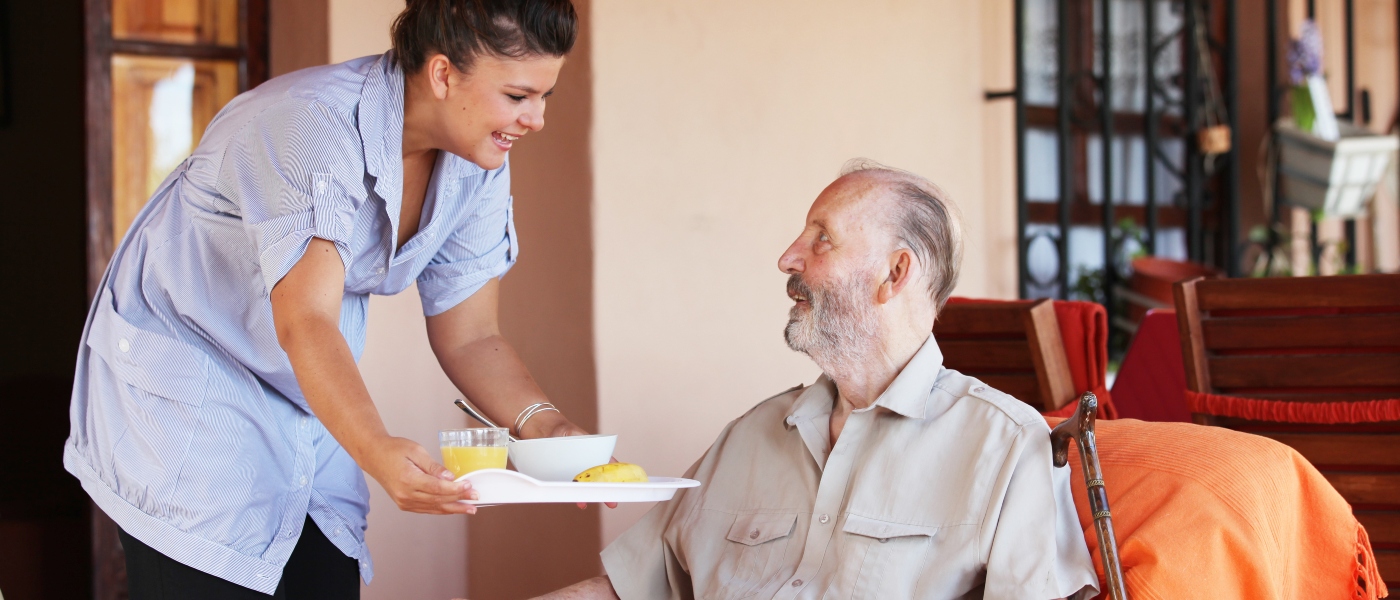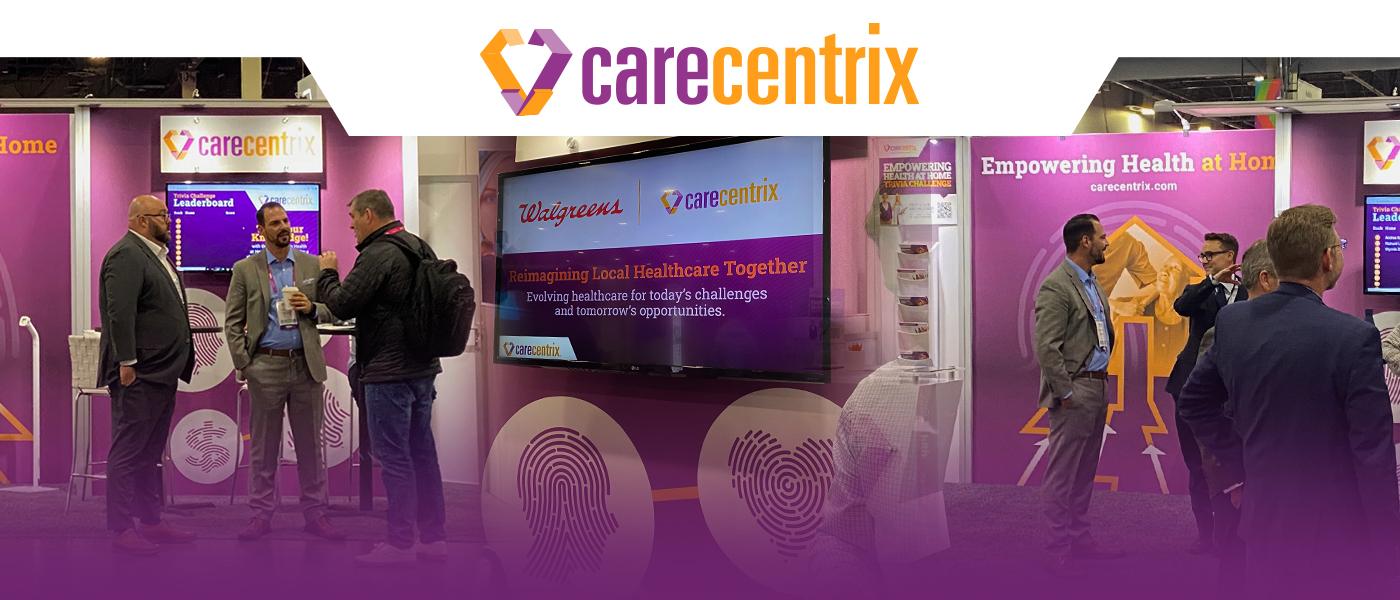View the full AHIP Institute Panel here to learn more about delivering successful whole-person care.

Whole-person care can be likened to a Picasso painting, according to Steve Wogen, Chief Growth Officer for CareCentrix. “When looking at it up close, it may be confusing, but when backing up and seeing the bigger picture, things become more clear.”
With the rapidly evolving advancements in digital health technology comes greater access to data-driven insights and valuable new ways to proactively understand the needs of patients. Add in social determinants of health, economic, demographic and behavioral trends, and the opportunities to holistically drive better health outcomes are innumerable.
To take advantage of this paradigm shift in care to the home, providers and payors need proven solutions and tools to effectively take action on these insights and deliver effective whole-person care.
CareCentrix Strategic Advisory Board member Dr. Eric Coleman, CareCentrix VP of Advanced Data Labs and Product Analytics Michael Ducharme, and GM and Chief Clinical Officer of Turn-Key Health Dr. Terri Maxwell recently joined Wogen for an AHIP Institute & Expo session to discuss how AI-powered intelligent insights can support the delivery of effective, whole-person care.
1. Building Effective AI Models with Meaningful Non-Clinical Variables
As healthcare organizations evolve from generating predictive models (models designed to predict outcomes) to prescriptive models (models that predict the optimal intervention to optimize outcomes), it’s critical that data science teams challenge and question their data sources. If we want to deliver individual prescriptive AI models, then we need to leverage individual data. Clinical data is already personalized, but many organizations are still leveraging community-level social determinant data.
We know non-clinical factors can drive the majority of variation in health outcomes – things like income, education, diet, food access, transportation, etc. – and we know that these factors are often measured at a community level. In fact, we often think of and even define these factors at the community level.
Public data now exists that maps zip codes and blocks into “food deserts” (areas with little access to healthy food or grocery stores) and “food swamps” (areas with more fast food and convenience stores than grocery stores). However, our data analyses have shown that relying purely on community-level features to identify an individual’s risk results in very little incremental predictive power.
Treating all members in a community as the same risk will have some minor value in the absence of clinical data or if the model is just being measured ‘on average.’ But when we create individual, personalized, predictive models, we need to recognize that people within the same neighborhood respond to their community risk factors differently. If you consider a community in a food desert, there are likely some people that work in a neighboring town next to a grocery store, some who don’t have cars and some who are unemployed. Each of these scenarios results in a different level of impact of living within the same neighborhood.
Intelligent insights mean that we think about each patient as an individual. By measuring how community factors influence individuals differently, health care can design truly personalized interventions.
2. Making the Data Actionable
Once effective models are built and producing quality information, the next step is to effectively convert these intelligent insights into action in a way that considers the whole person, beyond just clinical needs that show up in a medical chart. This means considering factors like food access and the availability of family caregivers in developing an individual’s care plan.
Dr. Coleman shared an example of two hypothetical patients who have the same health condition, live in the same neighborhood, and are the same age. Based on this community-level data, many traditional models would treat these patients the same, but they could have vastly different needs. Intelligent insights from advanced predictive models would assist in uncovering the fact that the first patient, for example, may have adult children nearby who can help care for them, meaning their primary need might be family caregiver training and support.
However, the second patient may lack family in the area, or they might have a spouse who is also not well and is unable to assist them with meals or walking, meaning they’ll need to rely more on outside support. For this patient, support from the community level will be critical in ensuring successful outcomes while receiving care at home.
Leveraging insights gleaned from data that goes beyond the ZIP code level is what allows care planners and providers to care for the whole person. This includes access to resources such as meal deliveries or a walker at the right time to avoid gaps that may delay recovery or lead to potential readmissions.
3. Leveraging Intelligent Insights
Once the intelligent insights and action plans are in place, the next layer of successful whole-person care is tapping into the community support and the connected care ecosystem. Dr. Maxwell gave the example of one patient who was taking her insulin as instructed but was still unable to manage her diabetes resulting in frequent emergency department visits. It turned out the insulin was not being administered at the proper temperature because the patient had a broken refrigerator, a very solvable issue that those in the community could help address.
Predictive analytics give care teams a head start on supporting the whole person, thus helping to proactively identify which community services an individual may need to streamline care transitions and enhance the care provided. Intelligent insights, combined with the right tools to deliver quality care and coordination, are critical components for positive health outcomes and identifying potential areas of concern early on so the right services can be deployed at the right time to avoid further problems.
When providers and caregivers visit the home and pair their physical insights with data-driven intelligent insights, a feedback loop is created that paints a complete picture of every individual’s unique needs. This leads to better health outcomes for members, reduces total cost of care, improves the consumer experience, and keeps members at home.
Additional Reading
Are you interested in learning more about the topic? Here are a few resources we suggest:





